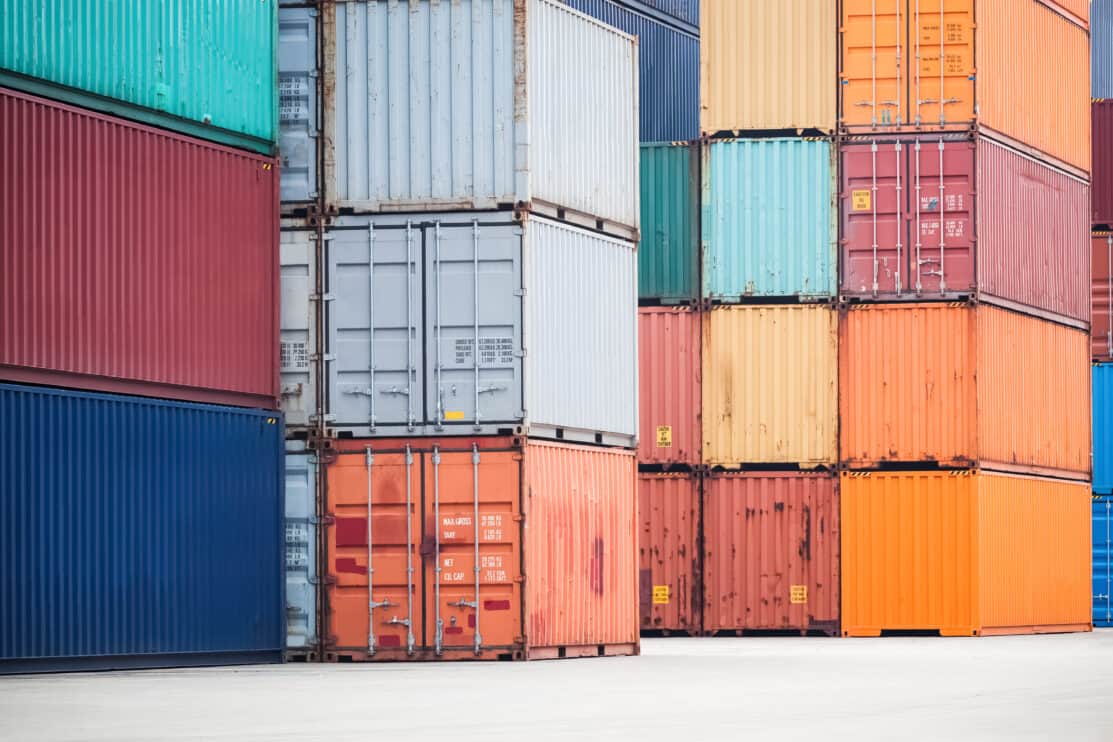The world’s global supply chain has been dramatically altered in recent months as the effects of the novel coronavirus/COVID-19 pandemic have wreaked havoc on world economies, both large and small. This unprecedented disruption to end-to-end global supply chains presents a lasting threat to both the current response efforts and an organization’s ability to sustain future operations. At the core of the disruption is the shutdown of manufacturers and suppliers in regions hit hardest by the pandemic. Adding to the disarray are difficulties with transportation and distribution, complicated by shutdowns in those sectors, and magnified by issues with tariffs, bottlenecks at points of entry, and other operational challenges.
Although the full impact of the disruption will not be understood for months, at the earliest, many companies are now beginning to reexamine their supply ecosystem and using lessons learned to become more resilient moving forward. The following are some fundamental steps companies navigating supply chain issues should undertake to limit current risk and enable the regular flow of necessary materials.
Step 1: Perform a Supply Chain Risk Assessment
While many organizations are already suffering from supply chain disruptions, there is still value in performing a risk assessment and identifying further gaps and points of weakness. Management should coordinate with operations and production managers to assess existing bills of materials (BOMs) components, create a risk index for each BOM entry, based on current supply and on-going availability, and identify the country of origin for each component or material.
This will help identify areas in need of attention, guide the next steps of response, and should be updated monthly, as the crisis is having widespread geographic effects.
Step 2: Evaluate Supply Chain Agreements and Consider Diversification
Contact suppliers in any at-risk environment and establish a contractual communication system that will provide updates on lead times, inventory levels, and notice of emerging supply issues. As the most high-risk areas are identified, start the process of supply chain diversification and ascertain alternate sources of necessary goods and consider substituting materials and parts. For unique, single-source supplies, it is recommended to collaborate directly with that supplier early and support them however you can. This could result in flexible payment terms, up-front payments, etc. An upfront capital investment with a special supplier could save your organization from much hardship down the road.
Now is also a great time to consider domestic suppliers. There are many smaller, domestic high-precision component manufacturers that can produce parts and components made from a variety of materials. Retooling will most likely be needed, but transit time will be dramatically reduced.
Step 3: Perform a Current Inventory Assessment
Concurrent with the Supplier Risk Assessment, you should also take a close look at current inventory levels. Take stock of all finished goods and assess other categories with potential for overlooked value. These include spare parts, parts with quality issues, and parts currently with customers or dealers. Parts with quality issues may be worth the effort of rehabbing in the event of a shortage. Additionally, parts with customers or dealers may be available for repurchase or used in cross-delivery.
This is also a good time to consider your inventory management software. Consider systems that provide not only perpetual inventory levels, but also provide usage statistics and lead time stats.
Step 4: Optimize Production and Distribution
The COVID-19 pandemic has caused business shut-downs throughout a majority of economic sectors and has profoundly impacted consumer behavior. Depending on your organization, you may experience a major decrease in demand, or suddenly find demand is higher than ever for certain products. In the former situation, the overall thrust of your supply chain changes should be on lowering costs and minimizing exposure until the crisis passes. In the latter scenario, precautions must be made to protect employee safety while ramping up production and distribution. A miscalculation at this stage could prove critical, so it is important to take an honest assessment of the situation, conduct forecasting for a variety of future scenarios, and make decisions from an educated perspective.
Alternatively, you might also consider a supply chain management company, as they handle procurement, forecasting, warehousing and delivery to your production location.
Step 5: Secure Distribution Logistics
As the old adage goes, prepare for the worst and hope for the best. From a business continuity perspective, expect significant breakdown in not only product demand, but also your normal logistics providers. You’ll want to assess and confirm logistics agreements with all distribution vendors, while having a backup plan that has been vetted. As the pandemic causes wave after wave of disruption, there is a good chance that logistic rates will fluctuate, as limited, traditional resources are stretched. Proactively engaging logistics providers and securing terms will provide some stability moving forward. However, you must be creative.
In the end, ingenuity and technology will serve you well as many of the rules have changed. Distribution channels are changing while resources are shifting, so consider ways to support your customers’ needs in this new era.
~
All the aforementioned steps are recommended as immediate steps to mitigate risk in the current COVID-19 pandemic crisis. But they also serve as a foundation for building a more resilient supply chain moving forward. We would be happy to discuss your specific supply chain management concerns and assist with any of the above recommendations. For a consultation,
contact us today.

